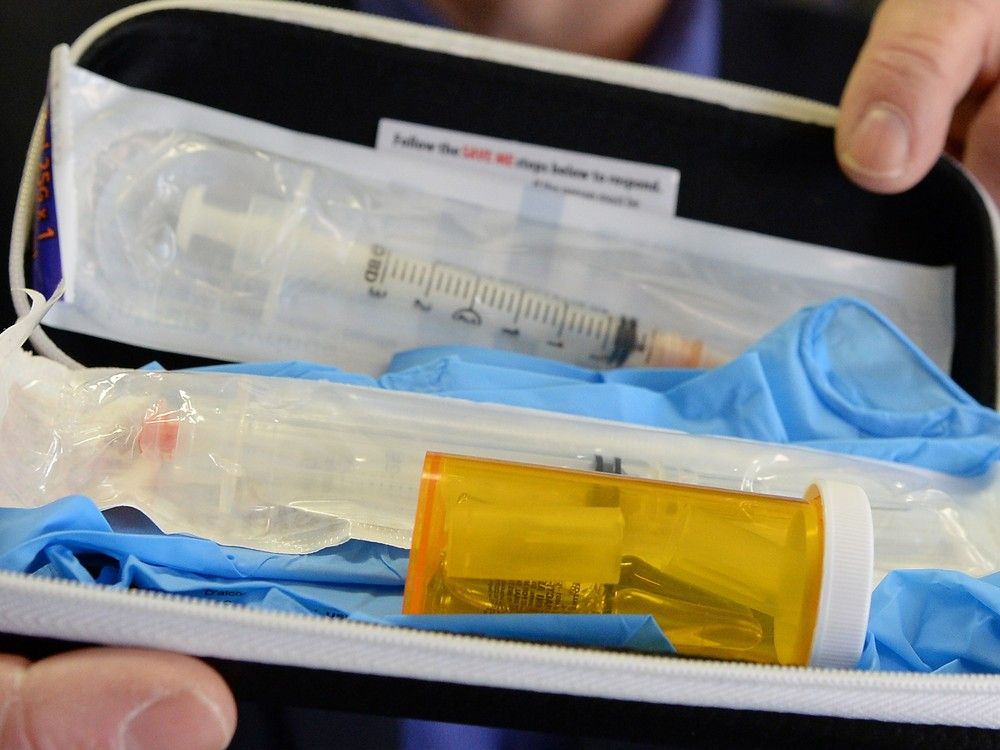
By John AkinyeleSince its recent reopening after two decades of dormancy, the Port Harcourt Refinery has been a focal point of Nigeria’s efforts to revitalize its oil and gas sector. The refinery, which was once a symbol of neglect and inefficiency, has now marked six months of continuous operation. For this, the Nigerian National Petroleum Company Limited (NNPCL) particularly deserves some credit.
It should be recalled that when the news filtered in last year that the Port Harcourt refinery was back to production, while some Nigerians welcomed it, others, including a former president, not only doubted it but expressed all shades of pessimism. Thankfully, it didn’t take long before it became too obvious to even the blind that indeed, Port Harcourt refinery is back to life. And six months after, it is waxing stronger.

googletag.cmd.push(function() { googletag.
display('div-gpt-ad-1718806029429-0'); }); While it may not be back to optimum levels, the refinery, since reopening, has contributed its quota to Nigeria’s fuel supply and economy despite challenges confronting it.The journey to ensuring Nigeria profits from its oil and gas deposits has been quite tortuous. For over 20 years, Nigeria’s national refineries — Port Harcourt, Warri, and Kaduna – operated far below capacity, forcing the country to rely on exporting crude and importing refined petroleum products despite being Africa’s largest oil producer.
Over the years, this has put the country on an imbalance, threatening what is supposed to be a robust economy. While the privately-owned Dangote Refinery which also came on board last year is assuaging the petroleum demands of Nigerians, the coming of the Port Harcourt refinery is like an icing.Indeed, the recent rehabilitation of the Port Harcourt Refinery, spearheaded by NNPCL, was aimed to reverse this trend of wastage.
According to reports, the refinery has now been running hitch-free for six consecutive months. The Port Harcourt Refinery has a combined capacity of 210,000 barrels per day (bpd) across its two plants (old and new). And while by December 2024, reports by the NNPCL indicate that the Old Port Harcourt refinery was operating at 70% capacity, it was producing 1.
4 million litres of Petrol, 900, 000 litres of kerosene and 1.5 million litres of diesel daily. While NNPCL aimed to increase its capacity to 90%, this development is definitely a significant milestone compared to its previous state of complete inactivity.
In addition, the country’s domestic refining capacity increased by 67% to 860,000 barrels per day from 650, 000 bpd with the resumption of production at Port Harcourt Refinery. $(document).ready(function(){(adsbygoogle = window.
adsbygoogle || []).push({})}); More importantly, the refinery’s impact on ensuring fuel availability locally is key given that it is only reasonable that Nigerians should not have to rely on imported fuel given its oil resources. With the coming back of the refinery, the need for importing petrol, diesel and kerosene would definitely be reduced.
Also, there is the issue of job creation. The refinery’s operations have already created direct and indirect employment opportunities. From engineers to logistics providers, the reactivation has boosted economic activity in the Niger Delta region.
Additionally, a functional refinery could stimulate ancillary industries, such as petrochemicals and plastics manufacturing. That sort of news should give every Nigerian joy.It should be recalled that the administration of Muhammadu Buhari was keen on revitalizing the oil sector as well as the repairs of the four state-owned refineries.
These refineries – Old Port-Harcourt, New Port-Harcourt, Warri and Kaduna – have a combined capacity of refining 445,000 barrels of crude per day. While one of the Port Harcourt refineries started operations six months ago, the Warri refinery began operation on December 30, 2024. But the major problem confronting these refineries, just like with other public infrastructures, was a lack of maintenance culture.
While the recent six-month streak of operations at the Port Harcourt refinery suggests improved maintenance protocols, the real test will be in sustaining the momentum as previous experiences show that Nigerian refineries often start strong but later succumb to technical failures due to inadequate maintenance. AS NNPCL works to get other refineries back to operations, the company would have to ensure it breaks this ugly cycle. And it is a thing of joy that the revamped NNPCL is taking the issue of getting the refineries working with all seriousness.
Before the current situation, Nigeria spent billions of dollars annually on fuel imports. Some experts have posited that should local refineries consistently produce at high capacity, it could save the country close to $10 billion annually in forex expenditures. This would ease pressure on the naira and improve Nigeria’s balance of payments.
Nigerians should however, realise that while the refinery coming back is positive, it does not necessarily translate to cheap fuel. Why? Oil is an international commodity and it is subject to the vagaries of global demand and supply and well as fluctuations in foreign exchange rates. Should Nigeria tow the former route of oil subsidy, it would only expose to the sharks who would subvert any public gains into their private pockets.
As a nation, that is not where we should hurry to go back to.To achieve the nation’s goals in petrol refining, there must be a holistic approach to safeguarding the oil sector. For one, NNPCL would do well to put in place processes like the ‘Naira for Crude’ policy to guarantee a steady supply of crude oil to stimulate local production.
It should also beam more lights in pipeline vandalism and other oil crimes like bunkering. It can collaborate to ensure that the integrity of pipelines are preserved just as other forms of sabotage oil production must be curtailed. It is good that recent actions like those insinuated by some players in Rivers State politics to sabotage the pipelines were quickly nipped in the bud.
A follow-up should be serious monitoring of these oil installations to discourage saboteurs. After all, it is necessary to safeguard the goose that lays the golden eggs. $(document).
ready(function(){(adsbygoogle = window.adsbygoogle || []).push({})}); In all, the country needs to continue its fight against mismanagement and corruption.
Historically, Nigeria’s refineries have been plagued by corruption, with funds meant for maintenance often misappropriated. Hence, NNPCL must put in place strong oversight and transparency mechanisms to ensure that the Port Harcourt Refinery and other state-owned refineries do not yield to corruption but are strengthened so as to be able to compete with private refineries like that of Aliko Dangote. It is what the NNPCL can do.
While it has started the reopening journey well, NNPCL must ensure it takes the Port Harcourt refinery to optimal production. Based on 159 litres yield of petrol from a barrel of crude, experts have posited that at their full capacities, just the Port Harcourt refinery and Dangote refinery alone can produce 136.7 million litres of petrol daily, in excess of Nigeria’s estimated daily demand of 40 million litres.
While this may sound Utopian to pessimists or those not familiar with the sector, facts on ground show that it is possible. It is only a matter of dedication to excellence – something NNPCL is laser-focused on.The post Port Harcourt Refinery: Six months of progress and promise appeared first on The Sun Nigeria.
.















